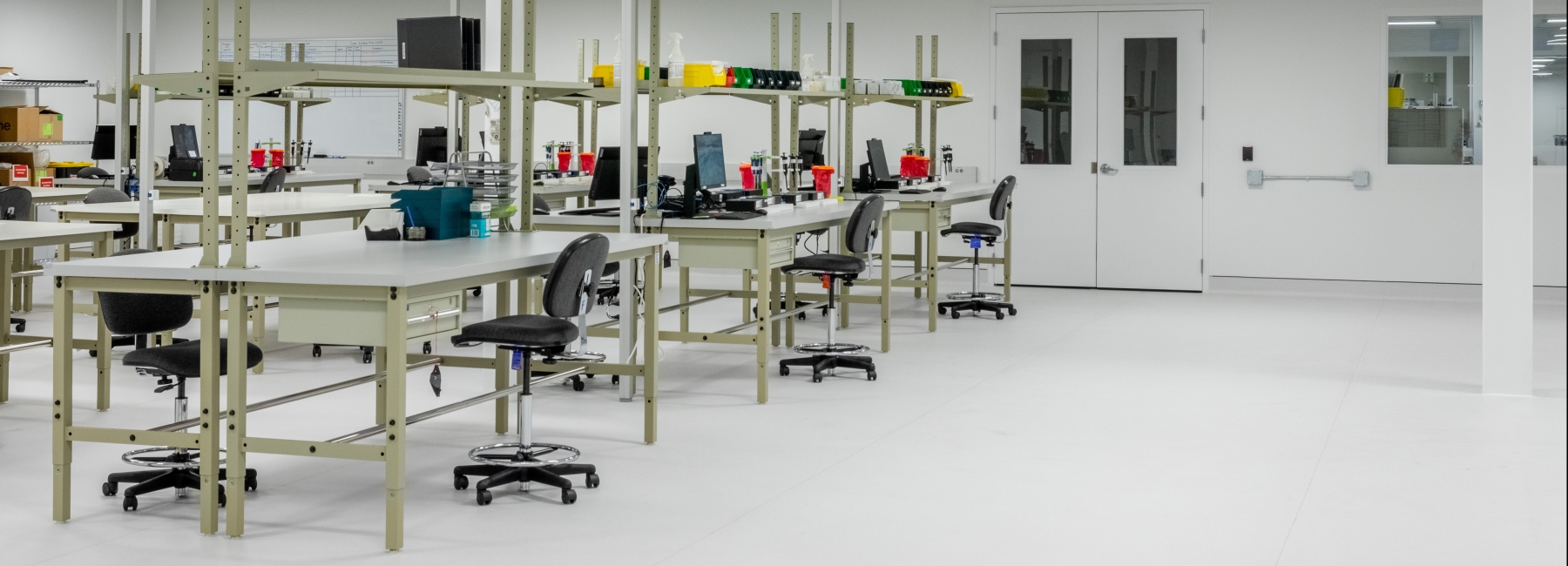In the News: In Nation's Tightest Life Sciences Market, There Is Little Appetite To Build More Space
15 February 2024
BISNOW.COM - The life sciences real estate train, which just a few years ago was reaching top speeds, is now pressing down firmly on the brakes.
The D.C.-Baltimore region is one of the largest life sciences clusters in the U.S., and like its peers, it’s dealing with a slowdown. Biotech companies that were previously growing rapidly were hit last year by rising interest rates, slowing venture capital funding and the collapse of industry backer Silicon Valley Bank, leading to a dramatic pullback in their real estate demand.
But the D.C. region has an advantage over other top markets during this slowdown, experts say: Developers pursued far less speculative construction during the pandemic-era demand boom. This helped the region maintain the lowest vacancy rate of all U.S. life sciences hubs, according to CBRE, but it has left developers with shovel-ready sites waiting for large tenants that have become few and far between.
Spec suite lab space at Rock Creek Property Group's Precision Labs in Germantown.
“We’re a very healthy market in comparison to other regions, because we did not overbuild,” JLL Executive Managing Director Pete Briskman told Bisnow. “Other top clusters are overbuilt and don't have enough demand to fill their space. We're not overbuilt.”
The D.C.-Baltimore region’s life sciences sector, mostly concentrated in Montgomery County, Maryland, had a 4.4% vacancy rate across its 13M SF of inventory at the end of the year, according to CBRE’s market report. That’s much lower than the country’s other life sciences hubs, which include an 18% vacancy rate in San Francisco, 13% in New Jersey, 13% in San Diego and 10.8% in Boston-Cambridge.
But still, developers with plans in Maryland are taking a pause before beginning new construction as they wait for demand to catch up.
“Demand for additional space beyond what’s been delivered has definitely cooled,” Matan Cos. Leasing Director James Matan said.
His company had 2M SF of lab space planned along the I-270 corridor in 2020. The first half of that has been developed and is leasing up, but the other 1M SF is on hold, Matan said. The same is true with the company’s entire life sciences portfolio.
“As far as adding new space to the life sciences at the moment, we’re remaining at a shovel-ready position, not necessarily coming out of the ground speculatively,” he said.
The lack of spec development in Maryland was previously a cause for concern, as industry leaders in 2021 called for more projects to start to accommodate tenants that require fast move-in schedules. But now the region’s more conservative development landscape has left it in a good place, and developers are holding onto that strategy, waiting for tenants to sign leases before breaking ground.
That means some plans, like Matan’s additional 1M SF, are lying in wait.
“Groups aren't developing on a speculative basis as often until they have an anchor tenant, for some of those larger campuses,” Savills Associate Director of Life Sciences Taylor Caparosa said.
Click here to read the full story from Bisnow.com
Share ThisTwitterFacebookLinkedInEmailCopy Link Share

